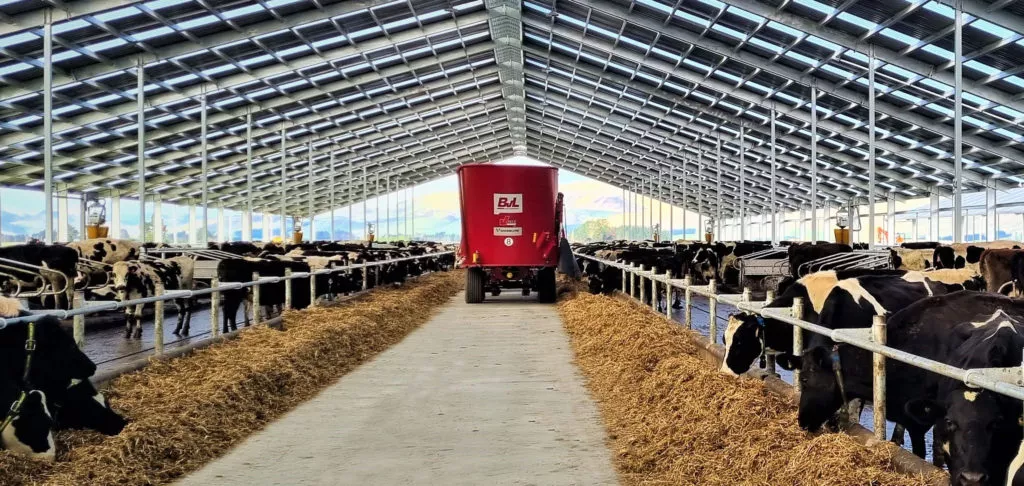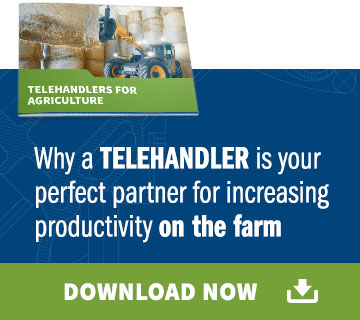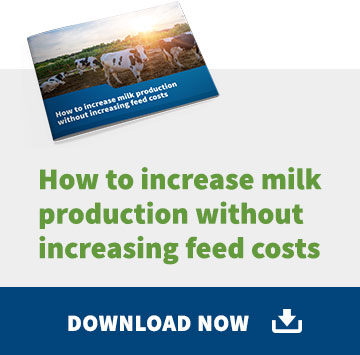Mixer wagons can improve cow health, feed utilization and reduce costs, but they are not always the perfect fit for every farm.
In this blog we look at the advantages, disadvantages and considerations of adding a mixer wagon to your dairy farm operation.
Pros:
Improve cow health: When your cows are healthy, so is your production. Pay extra attention to cows that have a predisposition towards health problems, so you can take preventative action and minimise the impact. By detecting and correcting mastitis, milk fever and facial eczema issues sooner, you’ll save money and ensure you have healthy cows with high milk yields. As a result, your farm will benefit from increased production per cow and more milk in the vat, as well as higher premiums on your milk.
Using a mixer wagon, you’ll supply your animals with optimum minerals and vitamins in a more palatable form, reduce disease, and even accelerate feeding time. As a result, animal health will improve, as will stock weight, and your farm’s production is maximised.
Improve feed consistency: If you’re looking to improve the volume and milk consistency of your herd, using a mixer wagon is the obvious feeder choice. Backed by science, mixer wagons help keep your animals healthy and milk production at optimum levels. By measuring each ration – so it includes the correct amount of minerals and ensures feed has greater digestibility – feed intake is increased and chances of disease are reduced, giving you more days to milk.
Improve feed utilisation: This machinery offers a mixed ration which improves the feed conversion ratio to milk solids or increased weight gain.
This provides greater digestibility, meaning more milk production from a given amount of feed. The feed mixer wagon works by supplying a mixed ration over the day, so your cows have the correct balance of energy, protein, fibre, and minerals in a healthy rumen environment. As a result, they are more efficient, productive and profitable.
Introduce Straw into the animal’s diet: Straw consumption in the diet of dairy cows has increased significantly in recent years. Including straw in the diet of dairy cows is can help to reduce dietary energy, decrease feed intake and help prevent over-conditioning of dry, transitioning or replacement heifers. A mixer wagon will perfectly blend straw with other forages to give a consistent mix so the cows are unable to pick through the fodder.
Cons:
Lack of infrastructure: Do you have a feedpad. Traditionally mixer wagons are not designed for paddock feeding and carry a lot of weight when loaded, so we suggest you spec the right tyres and axle setup to enable you to get across muddy ground.
Do you have scattered bunkers? Mixer wagons work best when the feed is stored in one central location. This makes loading quicker and less mucking around with loaders.
Need for a loader + mixer tractor: Whilst not all customers have a loader and another tractor to run the mixer wagon, we wouldn’t recommend it. With staffing shortages and time = money, you need to be efficient and we would recommend only running a mixer if you have a tractor to run the mixer and another machine to load.
If you have decided you would like to pursue the option of adding a mixer wagon to your operation, check out the details on BvL Mixer Wagons here.
You can also see what BvL Mixer Wagon could suit your farm with the BvL Mixer Wagon Calculator Here




